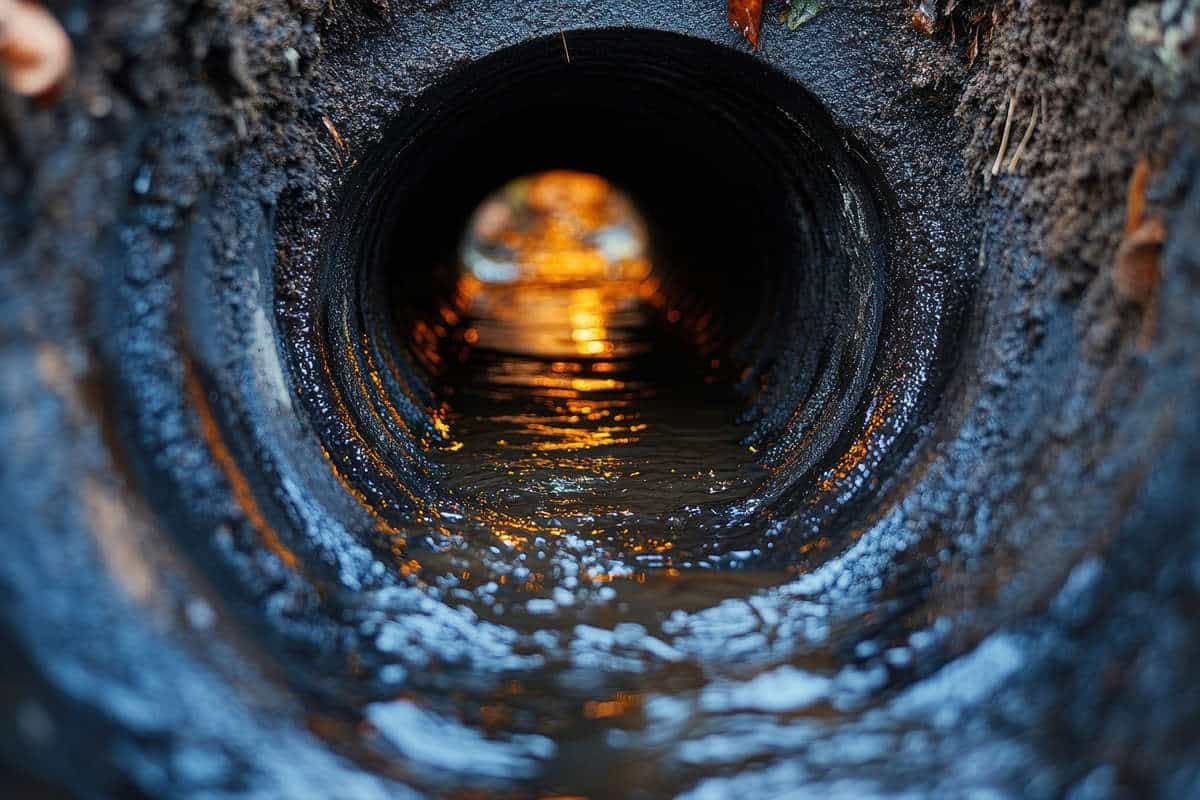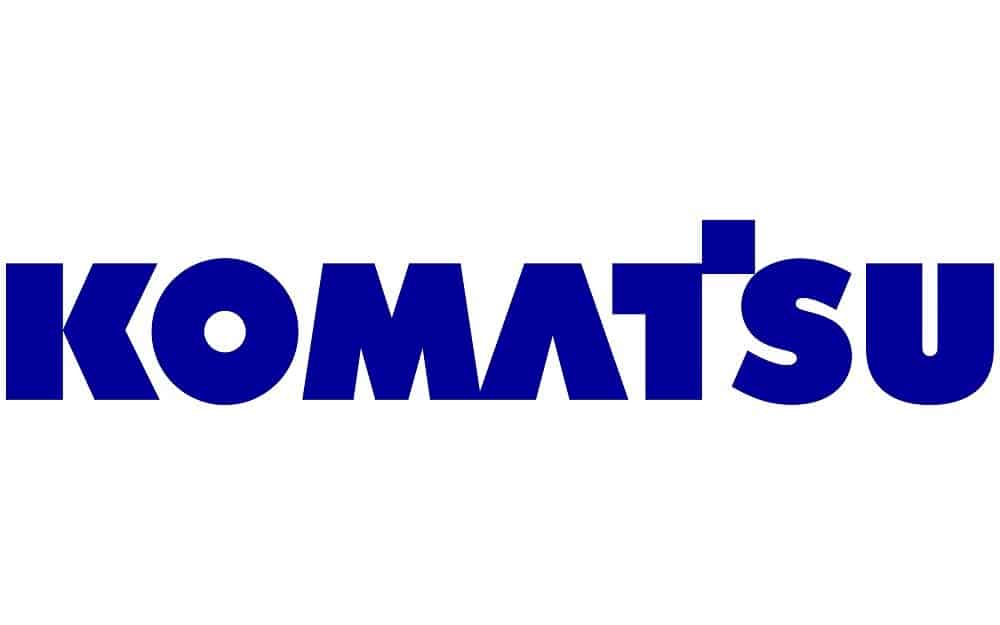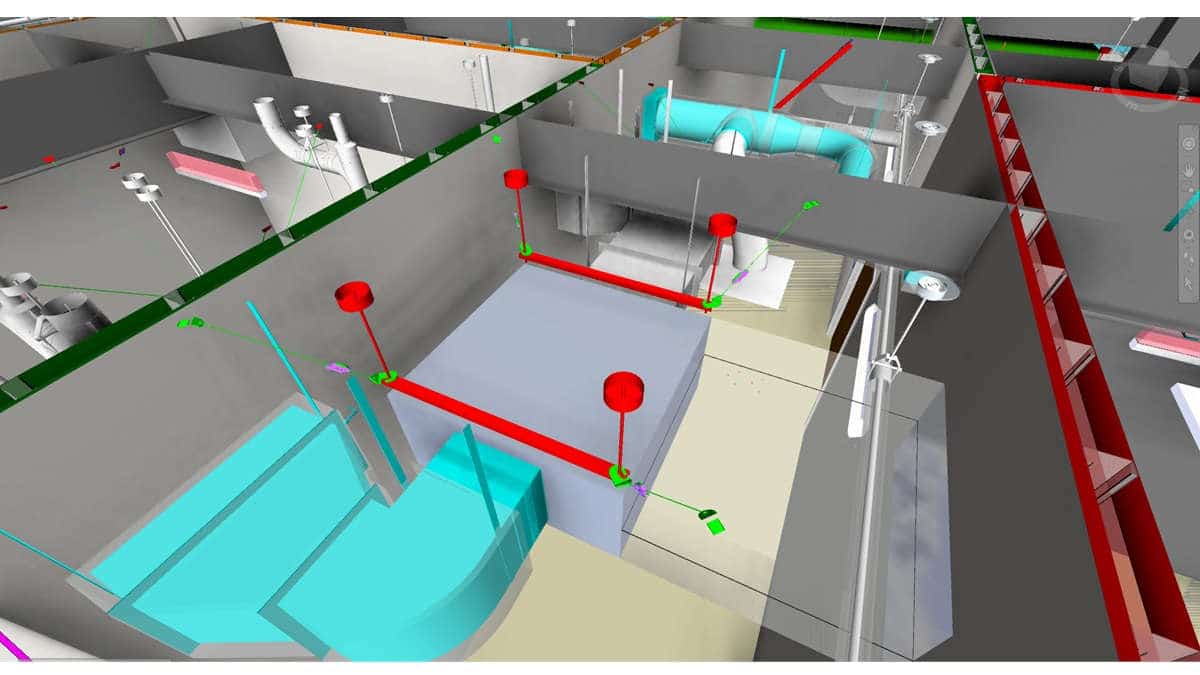On Track with Trenching
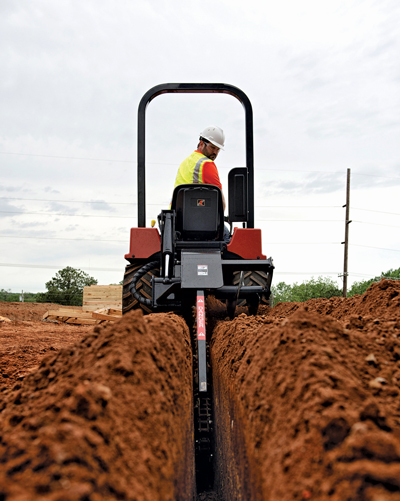 “Best Practices” guidelines are a method of defining the correct steps for accomplishing a specific task or procedure and are widely used in a variety of businesses and industries. For utility owners and operators, the best known Best Practices guideline likely is the Horizontal Directional Drilling Good Practices and Guidelines available from the North American Society for Trenchless Technology.
“Best Practices” guidelines are a method of defining the correct steps for accomplishing a specific task or procedure and are widely used in a variety of businesses and industries. For utility owners and operators, the best known Best Practices guideline likely is the Horizontal Directional Drilling Good Practices and Guidelines available from the North American Society for Trenchless Technology.
Indeed, horizontal directional drilling (HDD) and other trenchless construction methods have changed the way underground infrastructure is buried in the ground. However, much of today’s underground utility construction still is done by making an excavation, putting pipe or cable in it and replacing trench spoil or other fill over the installed utility.
When the right of way is free of existing utilities and surface improvements, trenchers are the fastest and most efficient method to make such excavations.
Trencher models range from compact walk-behind models to install utility service lines to powerful 120-plus hp machines for cross-country pipeline work. Most trenchers for utility construction are riding models ranging from 40 to 120 hp and are on rubber tires or quad tracks equipped either with a digging chain with bolt-on teeth or a rock wheel, plow or saw that cuts hard materials with carbide-tipped bits.
OSHA Standard Subpart P-Excavations (29 CFR 1926.650-652) and its appendices address hazards encountered during excavation, but it focuses solely on safety, not operational procedures in general. Other organizations have developed broad trenching and excavating best practices guidelines, but none deal specifically with trenching for utility construction.
What follows is an overview of best practices suggestions for the class of trenching equipment employed to bury telecommunications, power cable, conduit and pipes for water, sewer and storm water drainage and distribution systems.
Most best practices start in the planning and preparations necessary before work begins, and the suggested “Trencher Best Practices” that follow do the same. Many preliminary steps relate to safety and accident prevention. They can be divided into four sections:
- Pre-Trenching Planning
- Trenching
- Post-Trenching Requirements
- Equipment Maintenance
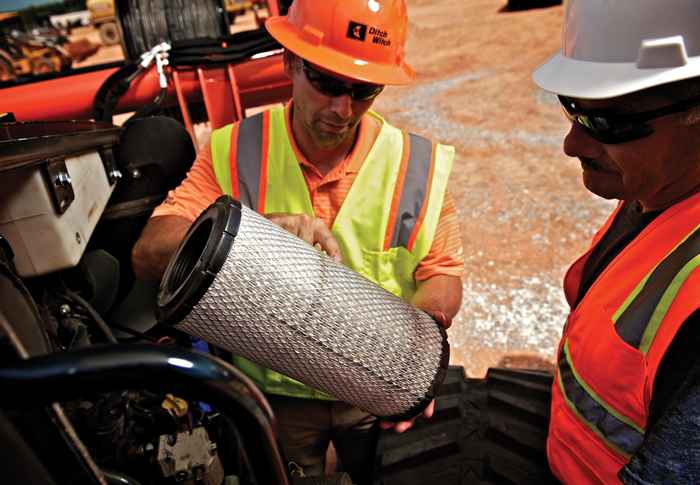 Pre-Trenching Planning
Pre-Trenching Planning
Most trencher operators play no part of planning the project he or she will help execute. The route of the installation and the decision to use excavation is part of the overall project plan. However, the contractor or subcontracting company that will make the installation is required by the OSHA standard that was previously cited to state that prior to the beginning of work, the organization making excavations is responsible for determining specific hazards that may occur at that worksite. The standard also holds the organization (that is, the employer of the trencher operator and other crew members) is responsible for having written documentation of its evaluation of hazards and designating one or more trained “competent” persons to be onsite to ensure safety procedures are followed.
From OSHA’s perspective, these safeguards are for preventing injury or death, but in the process of compliance, potential risks that involve property damage — primarily damaging a utility already in the ground — should be revealed.
A key step during advance preparations is arranging for existing utilities on the site to be located and marked — either through the local One Call organization or the property owner or manager if the site is on private property and One Call is not responsible.
To assure maximum trenching efficiency and productivity, the machine assigned to the job must fit the requirements of the project. Using a machine too small for the workload not only limits production, it causes wear on the machine. And a trencher too large for a job may not be able to operate in limited space. All necessary support equipment, warning signs, etc., must be readied to be transported to the site along with trenching equipment.
Trenching Operations
Proper planning and accurate locating and marking of existing utilities are essential for successful excavation and installation of pipe or cable.
Upon arrival at the job location, the trenching crew must verify that all underground utilities and structures are clearly identified, including points where any existing utility crosses the projected trench path. Such crossings should be potholed to visibly identify the exact location of the existing utility.
In addition, the site should be carefully inspected for indications of buried utilities that have not been marked. Evidence of recently filled in trench, pedestals, gas and electric meters, and meter and manhole covers may indicate the possible presence of additional utilities. Keep in mind that some utilities, including water and sewer system owners, are not One Call members and will not have marked their buried infrastructure.
Before trenching begins, the operator should do a quick check of the machine’s fluid levels and any signs that repairs are needed. Maintenance issues should be addressed and repairs made before using the machine. All personnel should be equipped with personal protective clothing and equipment as required by employers and the project owner.
The competent person on site is responsible for verifying the trencher operator is sufficiently experienced and is knowledgeable of the equipment he will operate. The operator should carefully follow operational procedures in the trencher’s manual which will include warnings of potential hazards.
Care must be used when unloading and reloading the machine and moving it around the worksite. If space is limited, a spotter can assist in safely maneuvering the machine in areas where there are obstacles.
The operator engages the trenching components and moves forward being careful to keep the trench on its planned route and the depth of the trench in accordance with project specifications. The operator does not allow other crew members or onlookers near the machine during operation and must be especially alert that no one is behind the machine. The digging chain can throw rocks or other buried objects out of the trench. A disc-type trencher can hurl objects at great force to the rear of the machine. Crew members must never stick a shovel or other tool into the trench while the trenching operation is under way.
The operator must be prepared to immediately stop trenching operations in any type of emergency. The operator and personnel must be trained in the appropriate action to take if a live utility is accidentally hit by the machine’s digging components. Those procedures vary with the type of utility.
After Trenching Is Completed
Digging the trench is only one phase of making an underground utility installation. On small projects with small crews, the trencher operator may assist with product installation and will use the trencher’s front-mounted backfill blade to fill in the trench. Larger projects may have crews to install product and have a second machine for backfilling, allowing the trencher to begin on the next segment. The trenching crew may also be responsible for compacting the trench. Repaving road cuts usually is performed by a subcontractor.
Equipment Maintenance
A trencher must be in good operating condition when it arrives at the job location. Trenching equipment requires regular daily maintenance that should be performed after a day’s work is finished or before the machine is operated again.
Primary wear parts on any chain-type trencher are digging teeth, digging chain and sprockets. Operating a trencher with worn or damaged teeth, chain or sprockets reduces digging efficiency and places extra stress on the machine, causing unnecessary wear and possible damage to the machine itself.
All fluids and filters should be changed at prescribed intervals, more frequently when operating in adverse or dusty conditions. Lubricate all service points, and maintain the hydraulic system at manufacturer-prescribed intervals. Adjust chain or belt drives as necessary, and replace all guards and shields after maintenance procedures are complete.
Matt Collins is the Senior Product Manager of Compact and Heavy-Duty Equipment for Ditch Witch.


